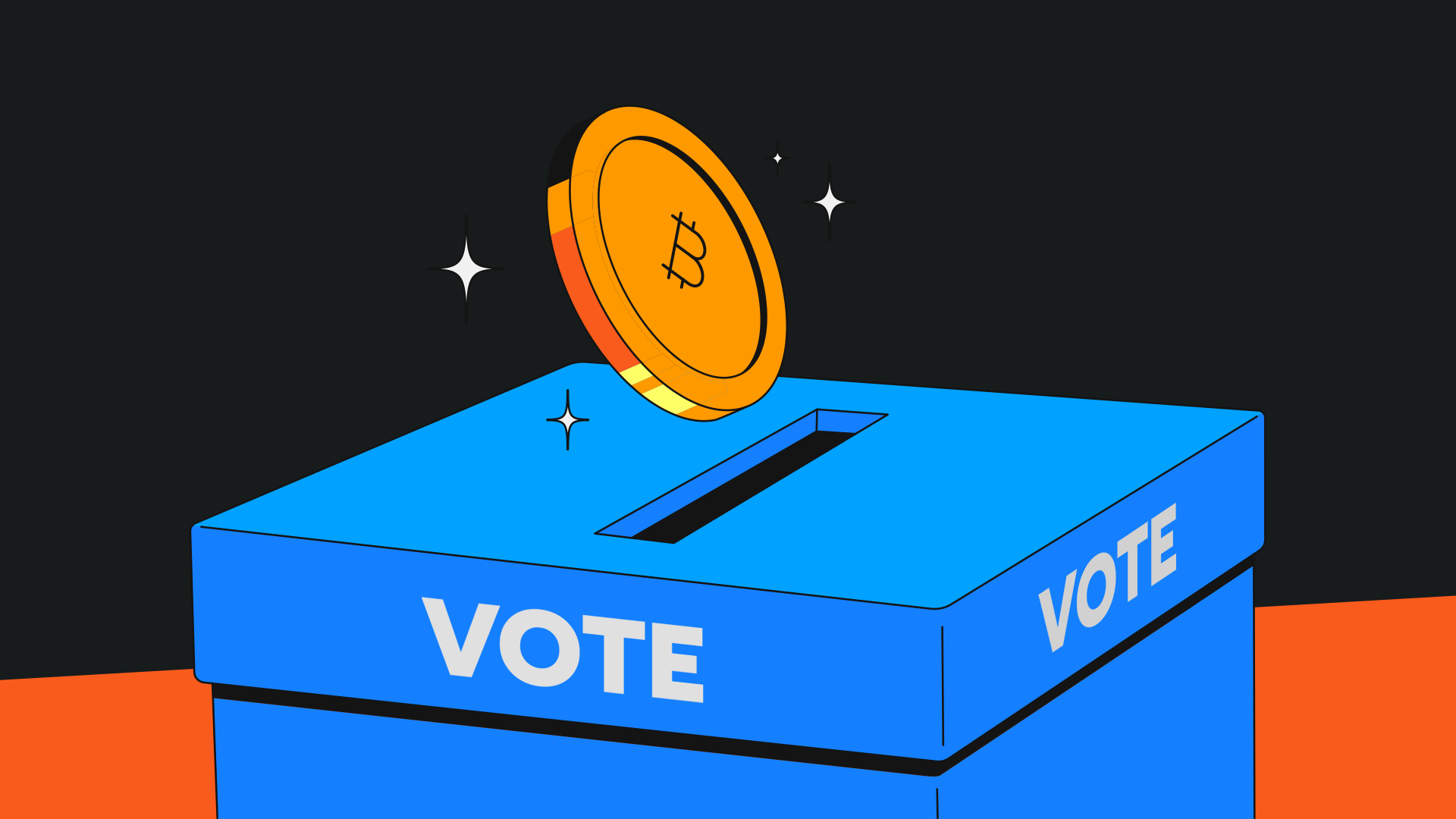
content, reviewed by leading industry experts and seasoned editors. Ad Disclosure
A lively discussion about XRP’s true purpose and utility erupted on X after prominent crypto analyst Scott Melker posed a sincere question to his 1 million followers: what exactly is the current pitch for XRP? The token itself, not Ripple the company.
His inquiry attracted different responses from both supporters and industry commentators on detailed explanations of how the XRP Ledger functions and what role XRP plays within it. The conversation drew in notable voices, including Santiago Velez and David Schwartz, Ripple’s Chief Technology Officer.
How The XRP Ledger Works And The Role Of Rippling
In his detailed response, crypto commentator Santiago Velez explained that XRP serves several foundational functions within the Ledger. At its core, the Ledger uses the token to prevent spam and distributed denial-of-service (DDOS) attacks. Each transaction carries a small fee denominated in XRP to deter network abuse.
However, its utility extends far beyond that technical safeguard. Velez also noted that XRP was designed to facilitate a process known as rippling, which allows users to exchange equivalent tokens under the same currency code through an intermediary account.
This mechanism was central to the Ledger’s early design and was part of the system’s built-in decentralized exchange (DEX), the first of its kind in crypto history. As such, the token operates as a bridge currency that allows easy inter-currency pathfinding without relying on intermediaries or centralized issuers. According to Velez, no other large Layer-1 blockchain is built with this specific function in mind, apart from Stellar, which originated as a fork of XRP.
Questions On The Long-Term Value Of The Altcoin
After receiving the explanation, Melker acknowledged the Ledger’s technical sophistication, calling it an elegant and forward-thinking design that was far ahead of its time. He praised its built-in features, such as the anti-spam mechanism, native DEX, and neutral bridge function, noting that these innovations solved real-world problems in settlement and cross-border payments long before many of today’s leading blockchains were created.
However, Melker posed another question about the token’s long-term economic sustainability: whether these design strengths translate into lasting demand for the token itself. He pointed out that while the ledger’s features serve technical purposes, they do not necessarily guarantee consistent price appreciation.
In his view, spam prevention does not generate token demand. Pathfinding may bypass the altcoin in some cases, and stablecoins’ stability and simplicity have become more appealing to institutions than XRP. This opens the question of whether it is adopted anywhere near the scale that it’s being promoted.
Ripple’s CTO, David Schwartz, later joined the conversation to provide his perspective on the token’s value. He noted that the Ledger offers something no other blockchain can, which is an open system where users can act as their own banks, free from middlemen like stablecoin issuers that can tax transactions.
According to Schwartz, the altcoin’s special place on the Ledger ensures that it captures some of the value generated by network transactions. As the only non-IOU asset accessible to every account worldwide, the asset holds a unique status that protects it from default, freezing, or clawback risks.
Featured image from Pixabay, chart from Tradingview.com

Editorial Process for bitcoinist is centered on delivering thoroughly researched, accurate, and unbiased content. We uphold strict sourcing standards, and each page undergoes diligent review by our team of top technology experts and seasoned editors. This process ensures the integrity, relevance, and value of our content for our readers.

















 English (US) ·
English (US) ·